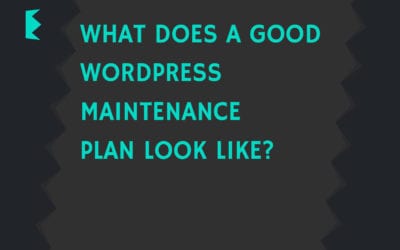If people ask me “what do you do?” I tell them I’m a solution creator. It’s important to know how to answer the question “what do you do” the right way. Most people answer shortly with their job title. This is the easiest way to explain what you do, but it can lead to assumptions or stereotypes.
As a freelancer, I can choose my own job title. I could use a professional title like CEO or a descriptive title like a freelance web designer/marketeer/consultant. A professional title doesn’t give any explanation for what I do. A descriptive title can be too broad and isn’t original. To define me shortly, I use the term solution creator.
I found out that people don’t have any perceptions of the term solution creator; instead, it raises curiosity about what I do. This is a great conversation starter to explain what I do. Most people want to know what it means and ask me more about this.
A solution creator has some powerful characteristics: Curiosity, Optimism, Lateral thinking, and Experience COLE in short. The solution creator is a T-shaped player that combines problem-solving skills with growth hacking and the COLE mentality.
Problem-solving skills
Good problem-solving skills are beneficial for everyone and essential for a solution creator. Problem-solving is very complex, and there isn’t a way that solves all problems. These skills can improve your problem-solving process, but success can’t be guaranteed. You need to be able to understand the underlying issues of the problem. If you know what causes the problem, you can eliminate this to solve the current problem and prevent it from happening again.
A solution creator has the right problem solving skills:
- Creativity
- research skills
- team working
- emotional intelligence
- risk management
- decision making
Growth hacker or solution creator
Both growth hackers and solution creators are T-shaped players with a wide skillset. The main difference is in the goalsetting. The goal of growth hacking, the north star metric, is a number used to measure growth. For the solution creator, it is the goal to tackle a problem and solve the issue. The north star metric is a quantitative goal; it doesn’t end since it can always be improved. Solving a problem is a qualitative goal and also the end of the process.
- data tracking & analytical
- technical skills
- UI & UX
- visual design
- behavioural psychology
- customer interviews
- learnability
Lateral thinking
Lateral thinking is the way of solving problems with a creative and indirect approach.
Easily said it is the ability to think creative or “outside the box” to solve a problem. Normally people use logical thinking (vertical thinking) straight forward to solve problems. With lateral thinking, you look from a sideways perspective (horizontal thinking) it gives a lot of insights that can’t be found with logical thinking.
Creative thinking is a situational skill that uses thought processes instead of physical. Most of it comes naturally, and it’s hard to improve your ability to think this way. It is a useful skill in every business field, and it’s mostly seen in the media & marketing sector.
Curiosity
From starting a fire with flints to the first steam engine to the flying cars in the future and all other inventions or discoveries through history are the result of curiosity. Curiosity can be defined as a need, desire, or thirst to gain knowledge. All people are curious, some people just on a few topics and others more in general. Solution creators are naturally very curious and always eager to learn new things. There is a connection between curiosity and lateral thinking; everything you learn can help you think from new perspectives.
To create solutions, you need to be curious; solving an issue can be hard. For specific problems, you might need to conduct research curtain topics. Curiosity comes in very helpful while you take a deep dive into a topic.
My curiosity made me think “what makes people curious”? I came across this interesting article about curiosity.
Optimism
A solution creator has an optimistic mental attitude. Hope and confidence turn into success every time a problem is solved. They expect good things to happen when they stay positive. This positive attitude comes with a lot of benefits: lower stress levels, better in handling negative emotions, better physical health and a higher persistence when pursuing goals.
The positive energy works motivating, not only for yourself but also for the people around you. If you need to cooperate with others, they will notice your optimism and be more optimistic themselves. It increases your bond and teamwork with a can-do mentality. Optimism is connected to confidence; do what you love and love what you do is what I do as a solution creator.
Experience
Your experience is a big part of how you create solutions. Maybe you already have some skills you need to solve the problem faster. Or you face a problem that’s similar to a problem you already solved in the past. All of the knowledge you gained over the years can also put you on the right track to researching how to solve the problem.
Every experience you have is connected to your lateral thinking and gives you more perspectives to look at the issue and create the perfect solution. If you can relate to this, you are free to say you are a solution creator.

